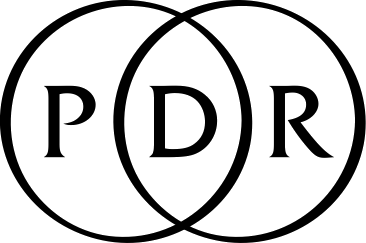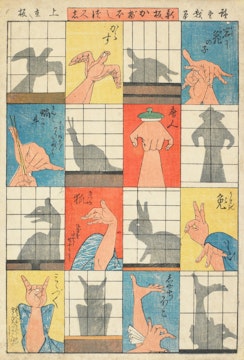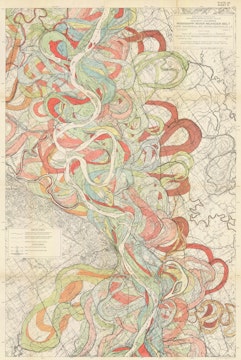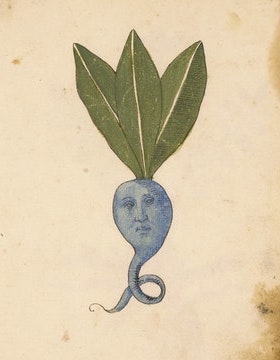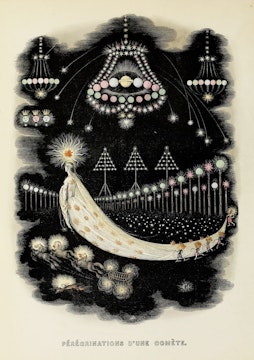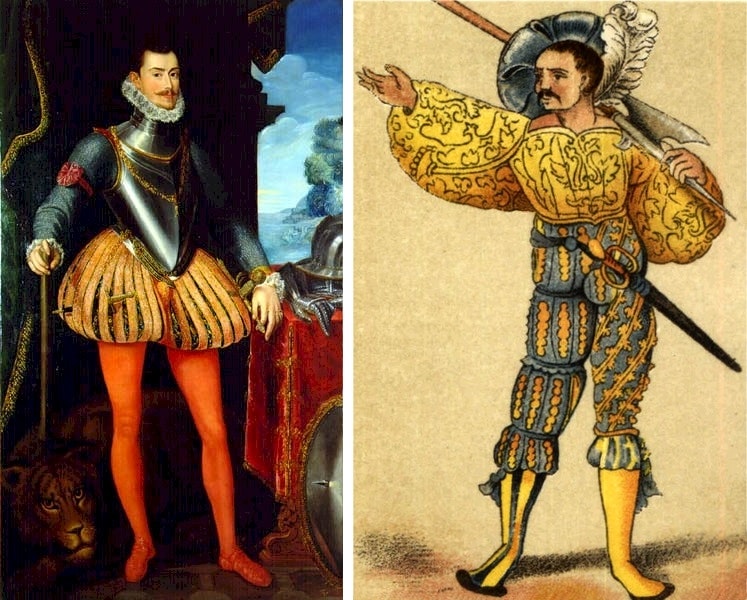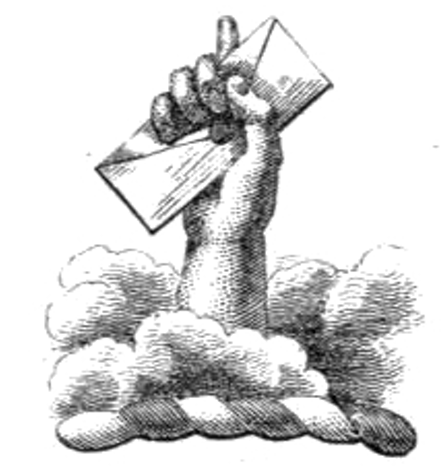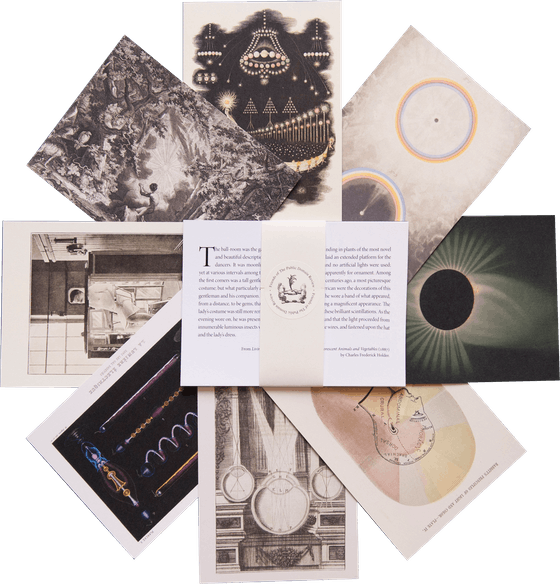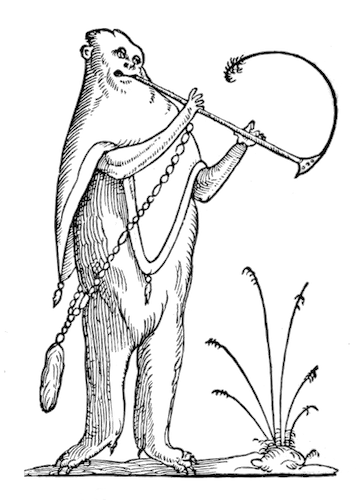
A little wander down the catwalk of time...
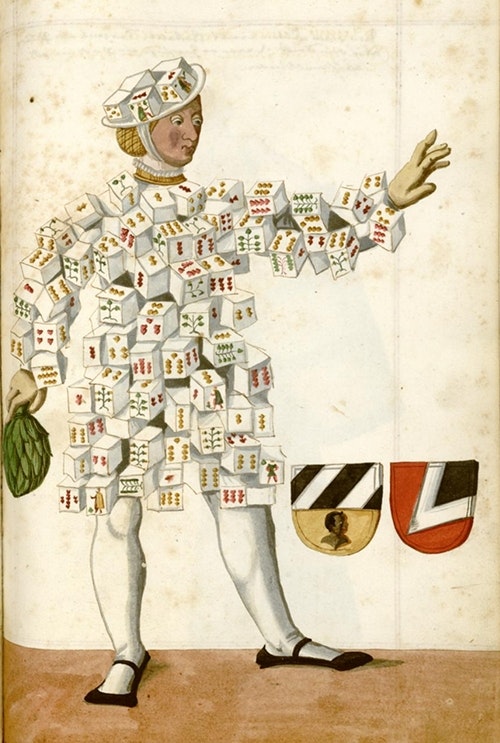 Scroll through the whole page to download all images before printing.
Scroll through the whole page to download all images before printing.Illustration from a 16th-century manuscript detailing the phenomenon of Nuremberg’s Schembart Carnival, (literally “bearded-mask” carnival) - Source.
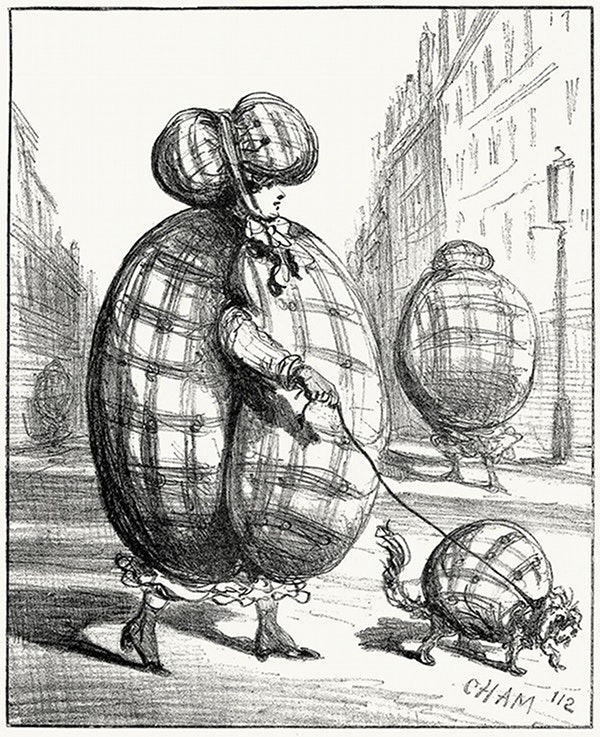 Scroll through the whole page to download all images before printing.
Scroll through the whole page to download all images before printing.Parisian fashion designed to protect against bombardments experienced during the "siege of Paris", featured in Album of the siege: a collection of caricatures published in the Charivari during the siege of Paris (ca.1871) by Cham and Daumier - Source.
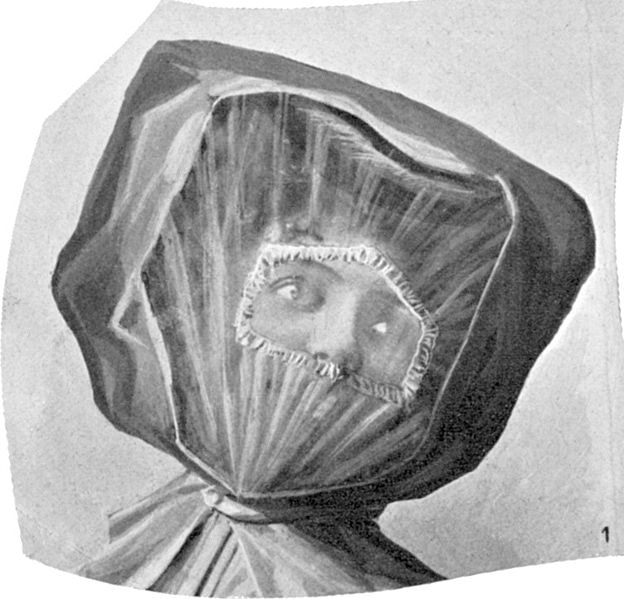 Scroll through the whole page to download all images before printing.
Scroll through the whole page to download all images before printing.Image from a competition ran in the 1906 issue of the French women’s magazine Femina in which the readers were asked to identify the famous female ‘artistes’ of the day obscured behind a bizarre variety of women’s driving headwear - Source.
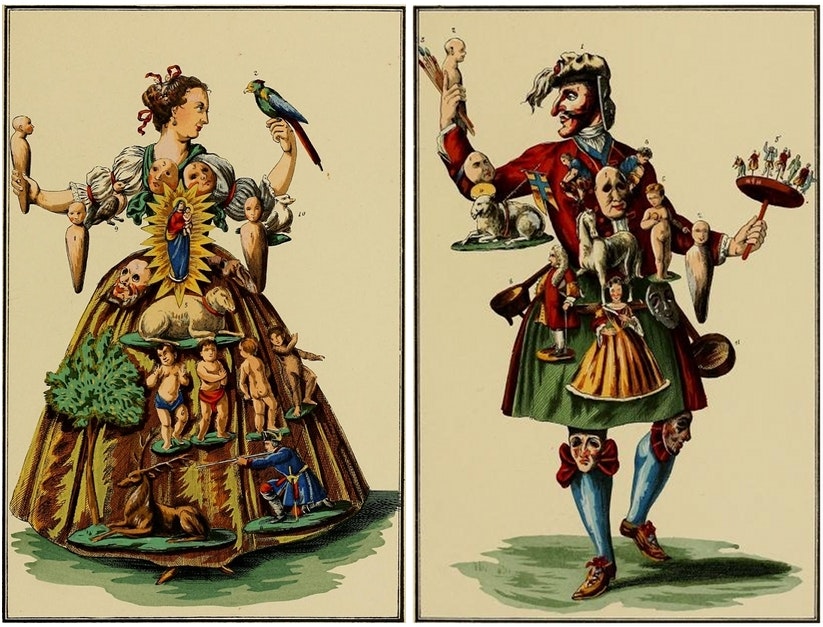 Scroll through the whole page to download all images before printing.
Scroll through the whole page to download all images before printing.Illustrations of "puppet makers" from the Histoire des Jouets (1902) by Henry René d'Allemagne - Source.
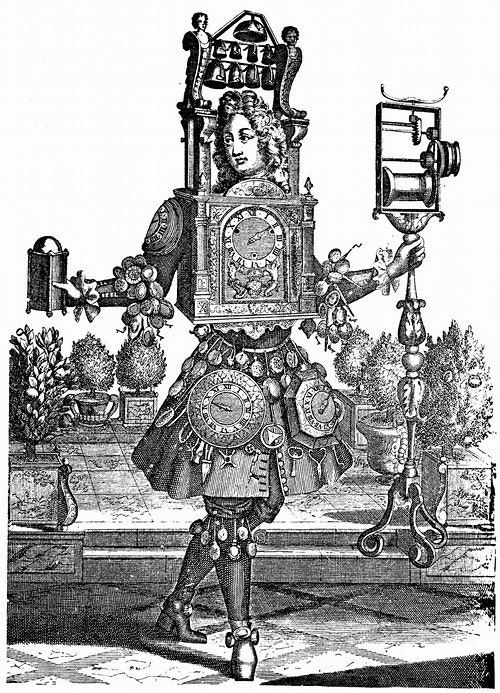 Scroll through the whole page to download all images before printing.
Scroll through the whole page to download all images before printing."Habit d'Orlogeur", from Nicolas II Larmessin's 17th century series of engravings depicting fanciful costumes relating to the different professions, featured in Claudius Saunier's Die Geschichte der Zeitmesskunst (1903) - Source.
 Scroll through the whole page to download all images before printing.
Scroll through the whole page to download all images before printing.Illustrations from a 16th century manuscript detailing the phenomenon of Nuremberg’s Schembart Carnival, (literally “bearded-mask” carnival) - Source.
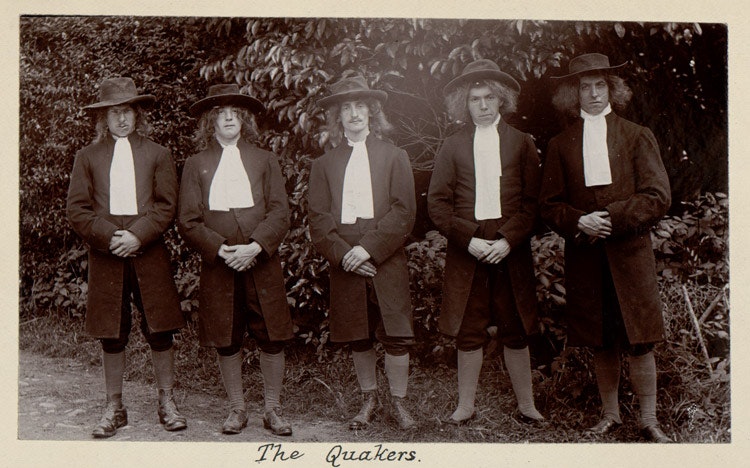 Scroll through the whole page to download all images before printing.
Scroll through the whole page to download all images before printing."The Quakers", from the Builth Wells Historical Pageant photograph album, which includes approximately 160 photographs, newspaper cuttings and other ephemera of the majestic pageant which was performed at the grounds of Llanelwedd Hall on 11 August 1909 - Source.
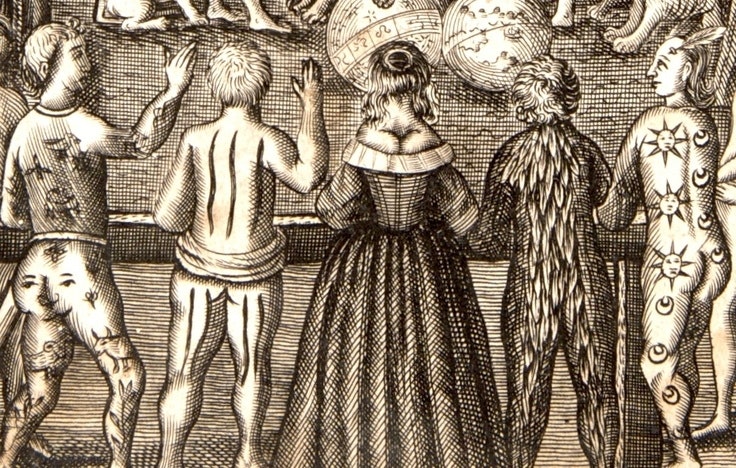 Scroll through the whole page to download all images before printing.
Scroll through the whole page to download all images before printing.Detail from the frontispiece to John Bulwer's Anthropometamorphosis (1650) - Source.
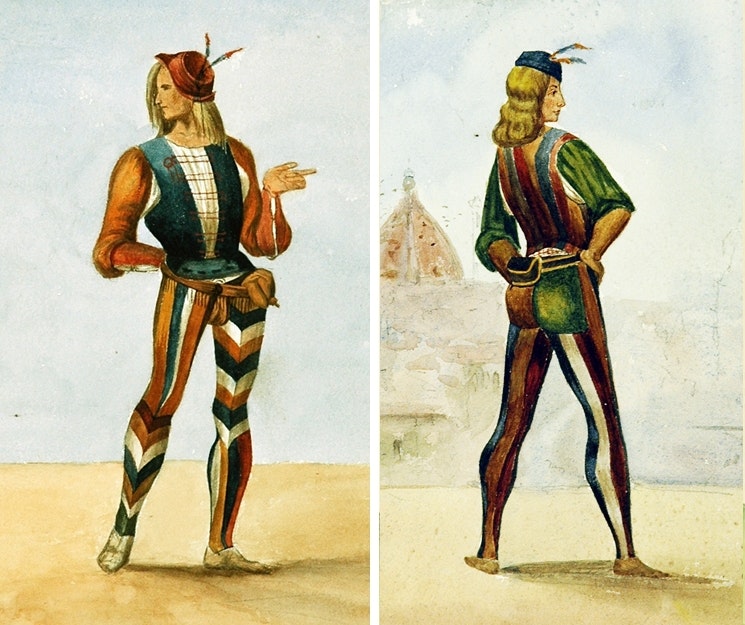 Scroll through the whole page to download all images before printing.
Scroll through the whole page to download all images before printing.Costumes of the 13th Century by the Italian-American artist Mary Solari - Source.
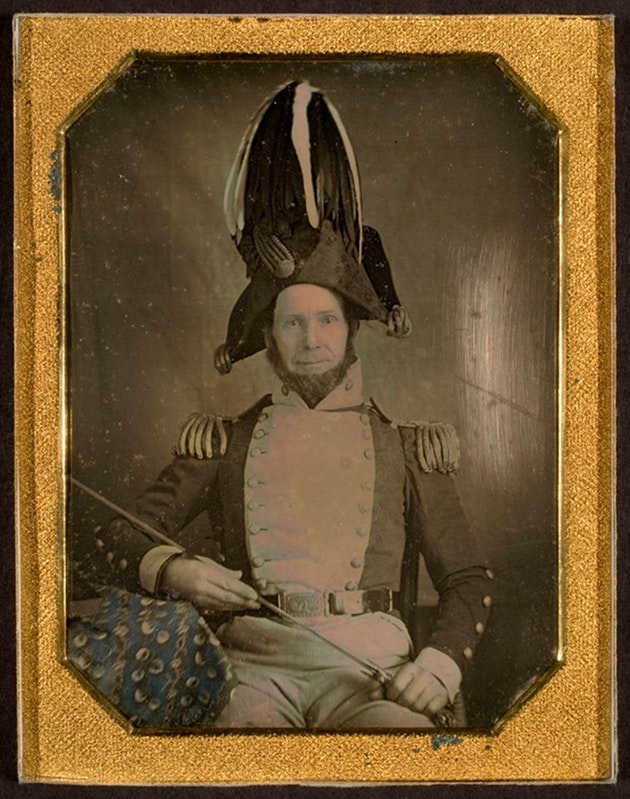 Scroll through the whole page to download all images before printing.
Scroll through the whole page to download all images before printing.Portrait of General Daniel D. Minier, New York State Militia, ca. 1855 - Source.
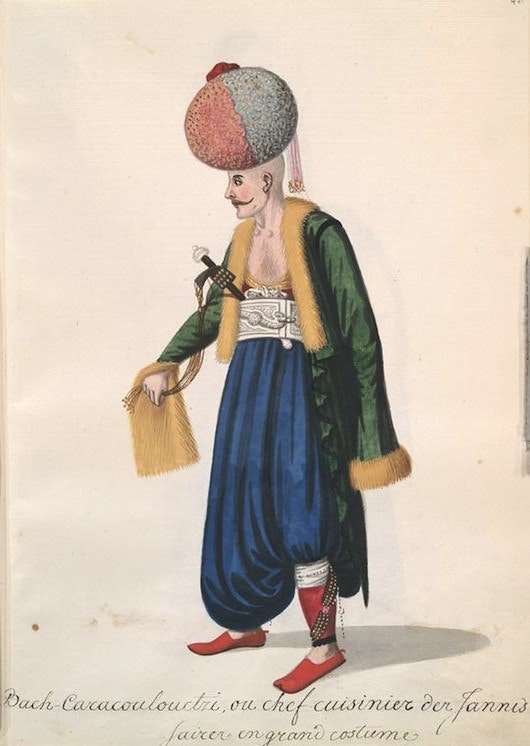 Scroll through the whole page to download all images before printing.
Scroll through the whole page to download all images before printing.Illustration from a 19th-century album of Ottoman fashion — Source.
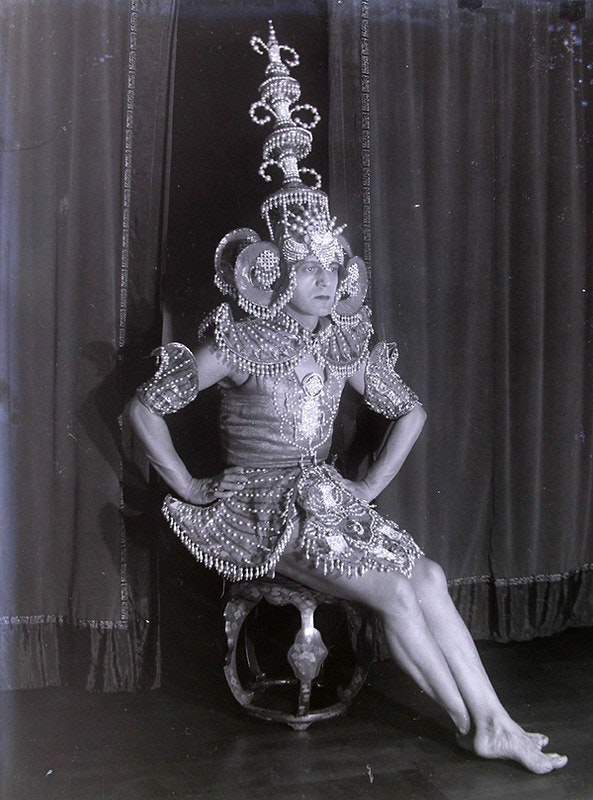 Scroll through the whole page to download all images before printing.
Scroll through the whole page to download all images before printing.Photograph of Harry Furniss, (who worked in Australia as Paul Furniss), actor, director, author, singer and dancer who danced as Paul d'Este (or Paul d'Esti) in the Imperial Russian Ballet in the 1920's - Source.
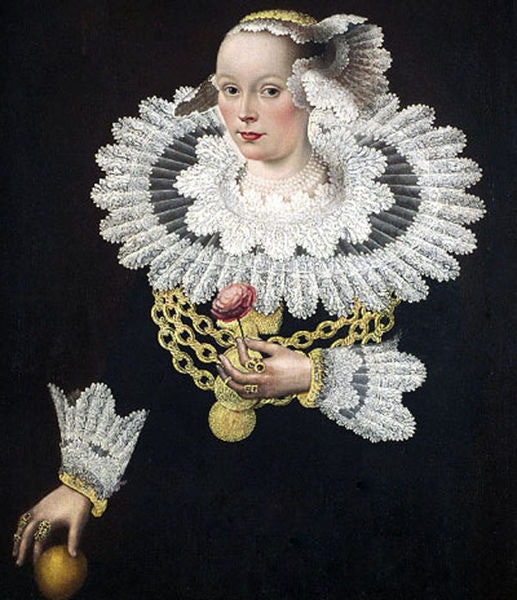 Scroll through the whole page to download all images before printing.
Scroll through the whole page to download all images before printing.Portrait of Anna Rosina Marquart, née Tanck, wife of Johann Marquard, mayor of Lübeck, painted by Michael Conrad Hirt in 1642 - Source.
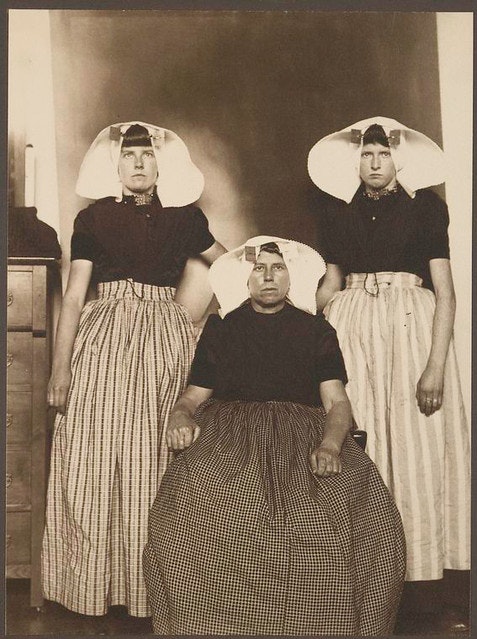 Scroll through the whole page to download all images before printing.
Scroll through the whole page to download all images before printing.Photograph by Augustus F.Sherman of a Mother and her two daughters from Zuid-Beveland, province of Zeeland in The Netherlands upon their arrival to Ellis Island, ca. 1905 - Source.
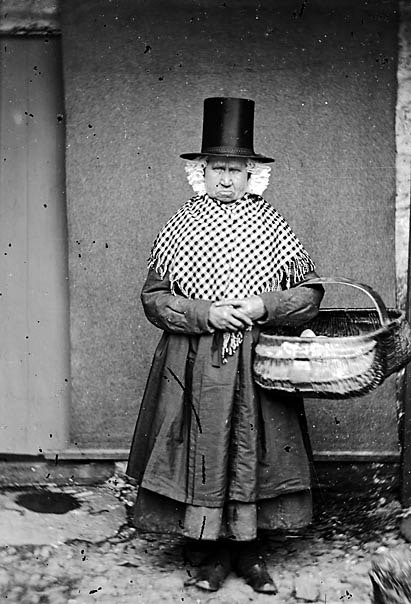 Scroll through the whole page to download all images before printing.
Scroll through the whole page to download all images before printing.Photograph of Mary Parry of Llanfechell by John Thomas ca. 1875 - Source.
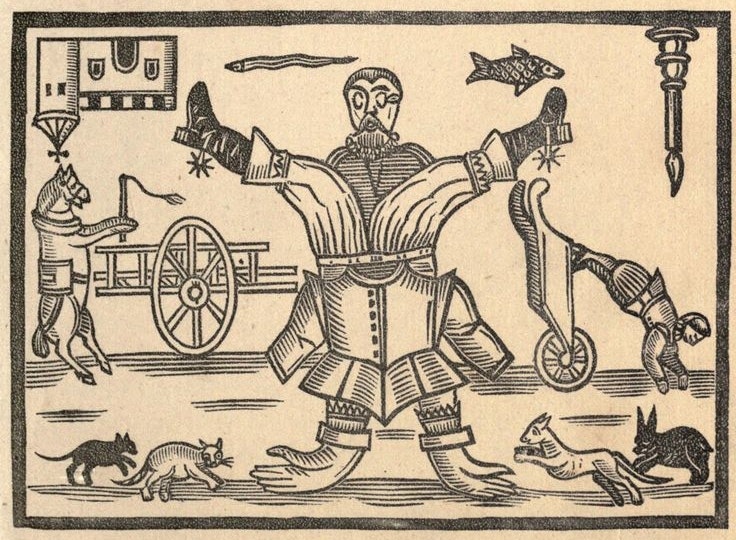 Scroll through the whole page to download all images before printing.
Scroll through the whole page to download all images before printing.Titlepage illustration from Mad fashions, od fashions, all out fashions ; or, The emblem of these distracted times (1642) by John Taylor - Source.
Sep 10, 2013
